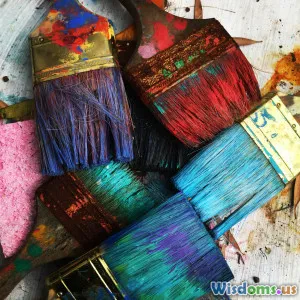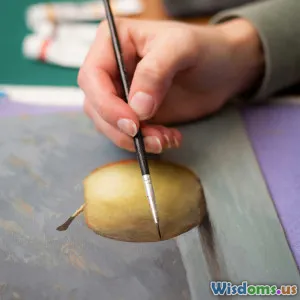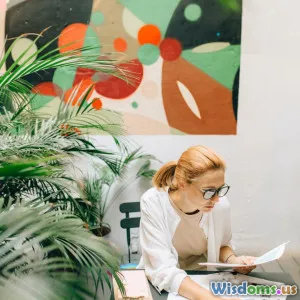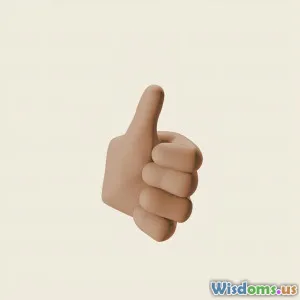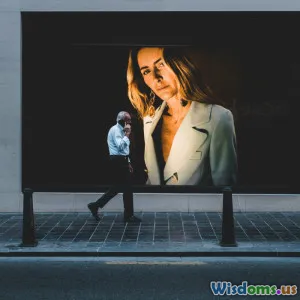
Ten Underrated Drawing Techniques Every Artist Should Master
8 min read Discover ten often-overlooked drawing techniques that can elevate your art and expand your creative skills. (0 Reviews)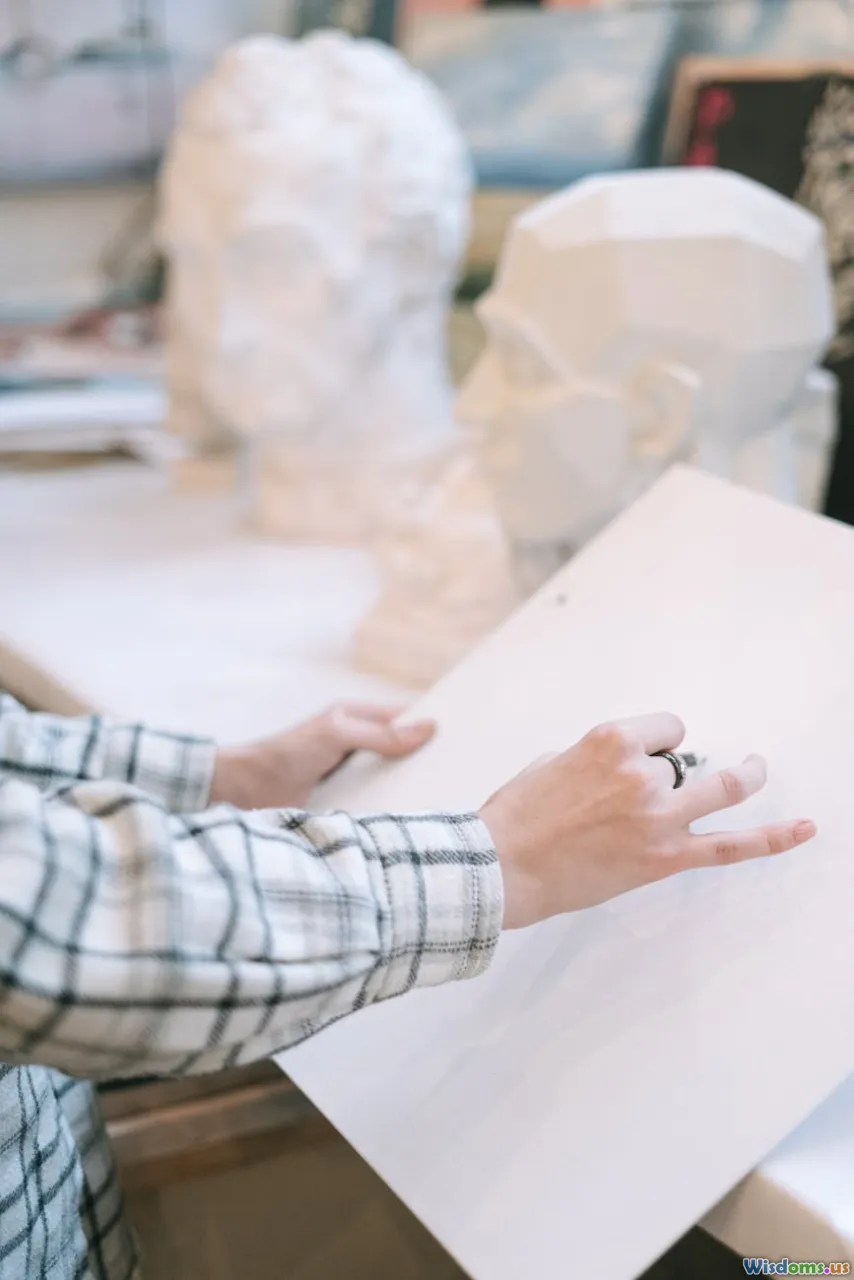
Ten Underrated Drawing Techniques Every Artist Should Master
Drawing is both an art and a skill—a means to externalize imagination, emotions, and observations through visual form. While many artists focus on popular techniques like shading or perspective, some hidden gems can profoundly enrich your artwork. These underrated techniques aren't just tricks; they're essential tools that build your versatility and depth as an artist.
In this article, we'll explore ten often overlooked drawing techniques that every artist should integrate into their practice. By mastering these, you'll unlock subtle ways to bring your drawings to life, add authenticity, and even solve common artistic challenges.
1. Contour Drawing: Seeing Through Lines
Contour drawing involves drawing the outline of an object without looking at the paper—or looking at it very minimally. This technique forces artists to focus intensely on the subject’s form, edges, and proportions.
Why it’s underrated: Artists often think it's elementary or a warm-up exercise, but contour drawing builds hand-eye coordination and deep observation skills.
Example: The great Pablo Picasso used continuous contour lines in many sketches to capture fluidity and character.
Try it: Set up a still life or look out of a window. Draw the main shapes steadily without glancing at your paper. You might produce strange lines initially, but over time, your perception will sharpen.
2. Blind Contour Drawing: Heightened Observation
A cousin to contour drawing, blind contour drawing requires you to never look at your paper while completing the sketch. This technique channels observation to its highest degree and is an excellent exercise for loosening up and defeating perfectionism.
Artistic insight: Betty Edwards, author of Drawing on the Right Side of the Brain, strongly recommends blind contour to train visual awareness.
Practical effect: It improves accuracy and propels you beyond mechanical drawing to truly seeing shapes.
3. Negative Space Drawing: Revolutionize Composition
Negative space is the empty or background space surrounding subjects, and drawing these shapes first can dramatically change how you compose artwork.
Why it’s powerful: It trains your eyes to see shapes holistically; catching odd distortions or imbalance early.
For example, Leonardo da Vinci meticulously studied negative spaces to perfect proportion and perspective.
Try this: Instead of drawing an object, draw the shape of the spaces around it. This reversed perspective can lead to astonishingly accurate results.
4. Gesture Drawing: Capturing Movement and Emotion
Gesture drawing focuses on the essence — movement and fluidity — rather than detailed realism. Short, quick sketches highlight motion dynamics.
Why underrated? In an impatience-focused world, artists often skip quick warm-ups that loosen their form-reading ability.
Use case: Used widely in figure drawing, especially animation and comics, gesture sketches convey the emotional intensity and posture, imbuing life into static media.
5. Cross-Contour Lines: Building Volume
Unlike traditional contour lines defining only edges, cross-contour lines wrap around forms, conveying volume and three-dimensionality without shading.
Joseph Hirsch, a 20th-century realist painter, utilized cross-contours to add dimension to simple pencil drawings.
Apply by: Drawing curved lines along the object’s body, like latitude and longitude on a globe.
Effect: Your drawing pops with sense of form and structure, perfect for beginner explorations into 3D space.
6. Tonal Layering: Creating Depth Beyond Line
While many sketch artists rely on line, tonal layering adds varying darkness levels to develop mood and depth. Unlike straightforward shading, this involves building subtle layers over time.
Data from art pedagogy indicates that understanding tone improves depth perception dramatically.
Try: Gradually layering light strokes with pencils or charcoal; blending delicately with a tortillon or your finger can create rich textures and shadows.
7. Hatching and Cross-Hatching: Texture and Tone Synergy
Hatching (parallel lines) and cross-hatching (intersecting lines) can create gradients, shadows, and textures, lending vibrancy to drawings.
Why undervalued? Many artists rushed through these thinking they're tedious, but they serve as essential tools when working with ink or monochrome media.
Albrecht Dürer, the master engraver, used intricate cross-hatching to evoke remarkable realism.
Practical tip: Vary pressure and density of lines for dynamic effects. Practice directional hatching to follow the form for natural appearance.
8. Stippling: Patience Meets Precision
Stippling is creating images with dots instead of lines or continuous shading. Despite being time-consuming, it rewards with extraordinary control over tone and texture.
Artists to note: Chuck Close’s stippled portraits exhibit astonishing realism and intricate detail.
Effect: Perfect for textures like skin, fabric, or even atmospheric effects.
Technique: Use fine-point pens; start light and build density to simulate shadows and highlights.
9. Sgraffito: Adding Expressive Surface Effects
Sgraffito is a subtractive technique where you scratch away darker layers to reveal lighter ones underneath—creating textured contrasts and intricate patterns.
Used often in pastel or charcoal, it offers creative abstraction beyond traditional mark-making.
Historical note: Artists like Rembrandt incorporated sgraffito methods in their etchings to deepen contrast.
Try: Layer charcoal or graphite and gently scratch back using a sharp tool to add highlights and textures.
10. Upside-Down Drawing: Outsmarting the Ego
A surprising method where you draw a subject inverted to avoid symbolic, preconceived notions of how things should look.
Why it matters: It encourages drawing what you truly see, bypassing mental shortcuts that distort reality.
Artists recommend: This technique helps in improving proportion accuracy significantly.
Try flipping a photo upside down and drawing lines as you see them in this alternate orientation.
Conclusion: Embrace These Hidden Gems to Elevate Your Art
Mastering drawing is less about the number of hours spent and more about the quality and diversity of techniques you integrate. The ten underrated drawing methods outlined here—contour and blind contour, negative space, gesture, cross-contour, tonal layering, hatching, stippling, sgraffito, and upside-down drawing—are invaluable yet often bypassed.
These techniques enhance observation, deepen emotional expression, and expand your creative vocabulary. Whether you paint, sketch, or design, employing these methods will sharpen your skills and open unexplored creative doors.
As Pablo Picasso famously said, “Learn the rules like a pro, so you can break them like an artist.” Start mastering these techniques and watch your artistry evolve!
Happy drawing!
Rate the Post
User Reviews
Popular Posts











